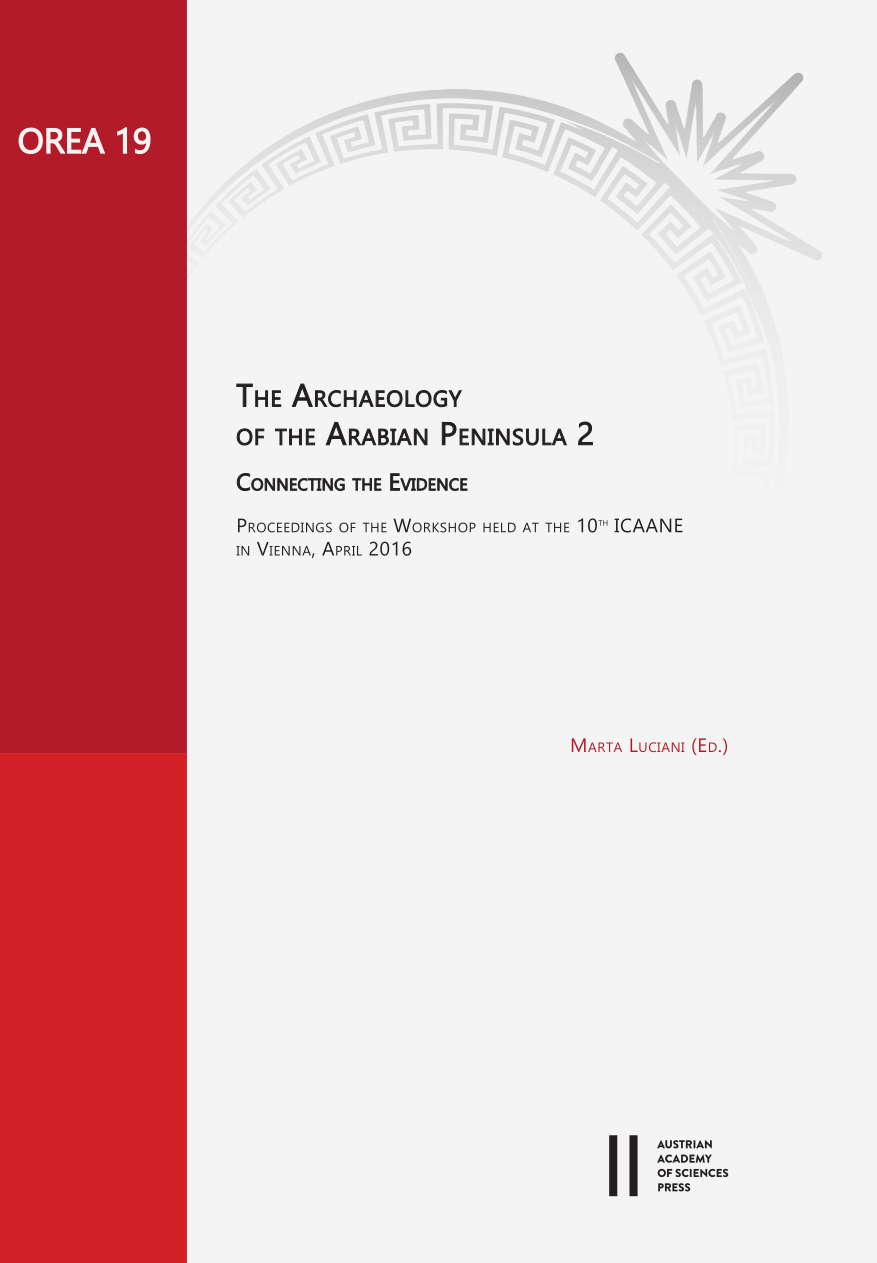
The Archaeology of the Arabian Peninsula 2, pp. 199-214, 2021/12/20
Connecting the Evidence. Proceedings of the International Workshop held at the 10th International Congress on the Archaeology of the Ancient Near East in Vienna on April 25, 2016
This contribution examines the literary, archaeological and epigraphic evidence for Nabataean involvementin Transarabian trade, as well as the role in this trade of the ancient city of Hegra, modern Madāʾin Sāliḥ, at the southernend of the Nabataean Kingdom. It shows that the involvement of the Nabataeans may have been less significant than isusually thought. It also points to the key role of the Ancient South Arabian merchants up to the turn of the common eraand to the more or less simultaneous development of the maritime route up to Leuke Kome, of the Nabataean city ofHegra and of the land route from Hegra to Petra in the late 1st century BCE. A parallel is also made between the Arabianand Egyptian shores of the Red Sea.
Keywords: ancient trade routes; Arabian Peninsula; Red Sea; Nabataean inscriptions; Hegra; Leuke Kome; Darb al- Bakrah